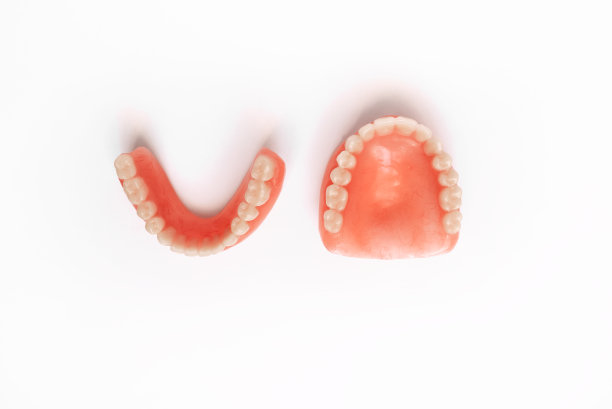Advancements in Dental Implant Treatment Technology
Summary: As advancements in dental implant treatment technology continue to revolutionize the field, patients are experiencing more efficient, comfortable, and successful outcomes. This article will explore four key aspects of these advancements, including digital planning and design, advanced materials, minimally invasive procedures, and enhanced healing techniques.
1. Digital Planning and Design

With the development of digital tools such as 3D imaging and virtual surgical planning, dentists can now create precise treatment plans tailored to each patients unique anatomy.
This technology allows for more accurate implant placement, reducing the risk of complications and improving long-term success rates.
Furthermore, virtual simulations enable patients to visualize the outcome of their treatment before it even begins, enhancing communication and satisfaction.
2. Advanced Materials
The introduction of innovative implant materials, such as zirconia and titanium alloys, has significantly improved the durability and biocompatibility of dental implants.
These materials offer enhanced strength and aesthetic appeal, ensuring long-lasting results that blend seamlessly with natural teeth.
Advanced surface treatments also promote faster osseointegration, accelerating the healing process and reducing recovery time for patients.
3. Minimally Invasive Procedures
Advancements in surgical techniques, such as guided implant surgery and flapless procedures, have made dental implant treatments less invasive and more comfortable for patients.
Minimally invasive approaches minimize tissue trauma, reduce post-operative pain, and expedite healing, allowing for quicker restoration of oral function.
Patient satisfaction has increased as a result of these less disruptive procedures, leading to higher acceptance and demand for dental implants.
4. Enhanced Healing Techniques
Innovative healing technologies, such as platelet-rich plasma (PRP) therapy and growth factors, are being utilized to accelerate tissue regeneration and enhance bone density around implants.
These techniques promote faster healing, reduce the risk of complications, and improve the overall success rate of dental implant procedures.
Patient recovery time has been significantly shortened, allowing individuals to enjoy the benefits of their new smile sooner and with minimal discomfort.
Summary:
Advancements in dental implant treatment technology have transformed the landscape of oral rehabilitation, offering patients superior results in terms of precision, durability, comfort, and speed of recovery. With digital planning and design, advanced materials, minimally invasive procedures, and enhanced healing techniques, dental implant treatments have become more personalized, efficient, and successful than ever before.
This article is compiled by Vickong Dental and the content is for reference only



